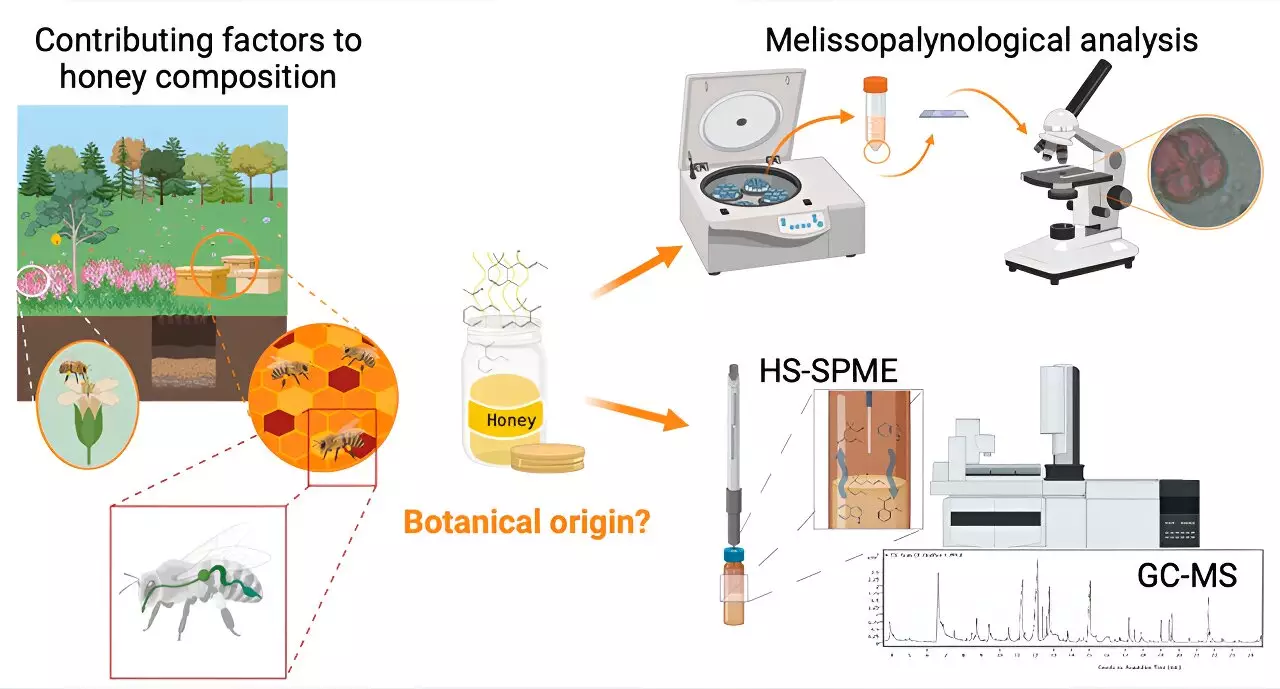Perfume making is not merely a modern pursuit; it is a craft that extends back at least 3,000 years. The first recorded chemist, Tapputi-belat-ekalle, emerged during the Middle Assyrian period and provided insight into the meticulous and revered art of fragrance creation. This pioneering figure, believed to have operated in what is now Iraq and Iran, led a collective of female scent artisans responsible for crafting fragrances for royalty. The remnants of her work, inscribed on clay tablets, translate into a celebration of the past where the marriage of art and science was not just an ambition—it was a necessity.
Tapputi’s pioneering methods—detailed on ancient clay tablets—expose a sophisticated understanding of both aromatic plants and the fundamental principles of chemistry that govern scent. This historical reference emphasizes that the craft of perfume making is not simply a contemporary trend but a deeply rooted tradition that has evolved yet stayed true to its scientific origins.
The Chemistry Behind the Magic
What captivates the human experience with fragrance is its core composition—the volatile compounds that create notes characteristic of floral, fruity, spicy, or woody scents. The science of scent offers a journey through intricate chemical interactions that evoke emotional responses. As molecules evaporate, they engage our olfactory senses, a concept that even Tapputi understood. Her methods for extracting essential oils laid the groundwork for contemporary practices in perfume creation.
The process of scent extraction involves a variety of techniques that Tapputi outlined, many of which endure to this day. From decoction, where plant material is boiled to extract soluble substances, to infusion and maceration, each method contributes to the richness of the final product. In a profound sense, the art lies not just in the selection of materials but in mastering these extraction techniques to encapsulate fleeting scents.
A modern perfume’s complexity reflects an expert understanding of the chemical properties of various compounds and their interactions. The role of a perfumer—often referred to as a “nose”—requires an empathic connection to the chemistry of scents. The talent lies in gauging how volatile compounds blend, evolve, and stabilize over time, encapsulating ephemeral experiences in a bottle.
Impact of Technology on Perfume Craft
In today’s age, advances in technology have significantly enhanced our appreciation and understanding of fragrance. From gas chromatography to mass spectrometry, scientists can now dissect the intricate layers of fragrance compositions. These methods have taken us further than Tapputi could have imagined, yet they remain fundamentally linked to her founding principles.
A revelatory example is the emergence of electronic noses, or “e-noses.” These devices replicate human olfactory abilities, analyzing volatile compounds to create a digital fingerprint of a scent. This innovation holds potential far beyond the beauty industry; it suggests applications in diagnosing diseases, quality control in food production, and even environmental monitoring.
Such technological strides, however, do raise questions about authentic experience versus mechanical analysis. Where do we draw the line between natural and synthetic scents? This ongoing dialogue invites us to critique our reliance on technology while celebrating the traditional methods that laid the foundation for modern perfumery.
The Emotional Landscape of Fragrance
Perfumes are not mere commodities; they carry the weight of memory, emotion, and cultural significance. The psychological aspects of scent evoke nostalgia, context, and longing. Science has begun to reveal the connections between olfactory stimuli and the emotional centers of our brains, elucidating why a specific fragrance might trigger a cherished memory or inspire tranquility.
In ancient contexts, fragrances played a dual role in both personal adornment and spiritual offerings. They served as symbolic bridges to the divine, connecting ordinary rituals with the transcendent. Understanding this layered history enriches our contemporary relationship with fragrances. Tapputi’s work may reflect historical practices, but it also resonates with our ongoing exploration of scent as a personal and collective experience.
As we delve deeper into why we gravitate towards certain fragrances, we uncover new aspects of ourselves—our past, our desires, and our aspirations. The olfactory world offers a narrative rich with human connection, cultural significance, and emotional weight.
Exploring the timeless craft of perfume making inspires a deeper appreciation for its significance across cultures and ages. As the boundaries between aromatic artistry and scientific inquiry continue to blur, the legacy of pioneers like Tapputi beckons us to engage with our senses in unpredictable yet wondrous ways, urging us to forge our path in the unfolding story of scent.


Leave a Reply